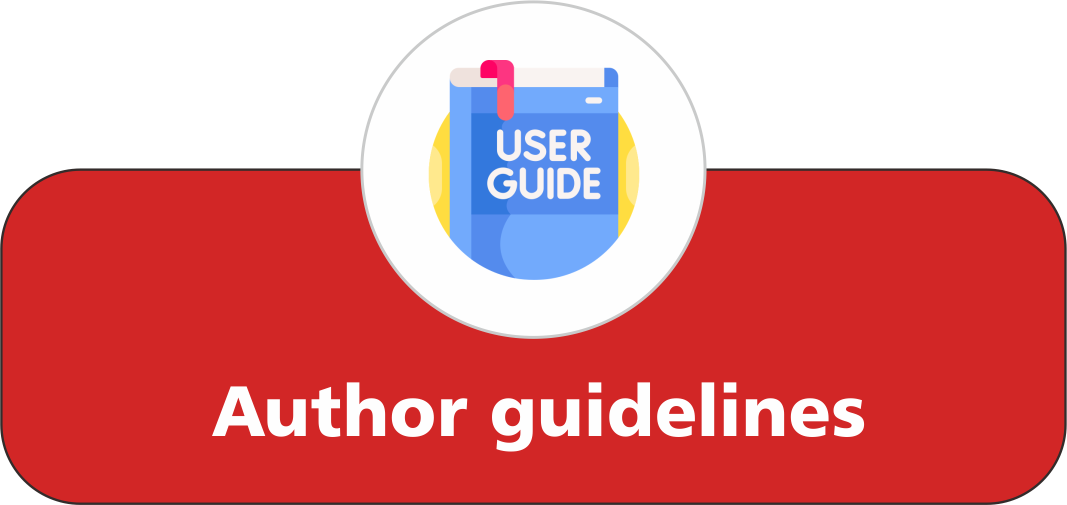Effect Small Side Games (SSG) on Playing Skills in Handball Sports
 ), Mochamad Yamin Saputra(2),
), Mochamad Yamin Saputra(2),
(1) Universitas Pendidikan Indonesia
(2) Universitas Pendidikan Indonesia
 Corresponding Author
Corresponding Author
Abstract
Keywords
References
Aguiar, M., Botelho, G., Lago, C., MaçAs, V., and Sampaio, J. (2012). A review of the effects of small-sided soccer games. Journal of Human Kinetics, 33(1), 103–113.
Bakinde, S. T. (2022a). Educating aerobic exercise and skill-related fitness of athletes in University of Ilorin. Indonesian Journal of Multidiciplinary Research, 2(1), 195-202.
Bakinde, S. T. (2022b). Physical fitness status of male, and female non-athlete in Nigeria. Indonesian Journal of Educational Research and Technology, 2(2), 123-132.
Corvino, M., Vuleta, D., and Šibila, M. (2016). Analysis of load and players’ effort in 4 vs 4 small-sided handball games in relation to court dimensions. Kinesiology, 48(2), 213-222.
Davids, K., Araújo, D., Correia, V., and Vilar, L. (2013). How small-sided and conditioned games enhance acquisition of movement and decision-making skills. Exercise and Sport Sciences Reviews ,41(3), 154–161.
Hoffmann, J. J., Reed, J. P., Leiting, K., Chiang, C. Y., and Stone, M. H. (2014). Repeated sprints, high-intensity interval training, small-sided games: Theory and application to field sports. International Journal of Sports Physiology and Performance, 9(2), 352–357.
Horn, T. S. (2002). Coaching effectiveness in sport domain: Advances in sport psychology. Journal of Psychology, 7, 134-149.
Klusemann, M. J., Pyne, D. B., Foster, C., and Drinkwater, E. J (2012). Optimizing technical skills and physical loading in small-sided basketball games. Journal of Sports Sciences, 30(14), 1463–1471.
Lachaume, C. M., Trudeau, F., and Lemoyne, J. (2017). Energy expenditure by elite midget male ice hockey players in small-sided games. International Journal of Sports Science and Coaching, 12(4), 504-513.
Manchado, C., García-Ruiz, J., Cortell-Tormo, J. M., and Tortosa-Martínez, J. (2017). Effect of core training on male handball players' throwing velocity. Journal of Human Kinetics, 56(1), 177–185.
Matthys, S. P. J., Vaeyens, R., Vandendriessche, J., Vandorpe, B., Pion, J., Coutts, A. J, Lenoir, M., and Philippaerts, R. M. (2011). A multidisciplinary identification model for youth handball. European Journal of Sport Science, 11(5), 355–363.
Memmert, D., Simons, D. J., and Grimme, T. (2009) The relationship between visual attention and expertise in sports. Psychology of Sport and Exercise, 10, 146-151.
Michalsik, L. B., Aagaard, P., and Madsen, (2012). Locomotion characteristics and match-induced impairments in physical performance in male elite team handball players. International Journal of Sports Medicine 34, 590-599.
Milanese, C., Piscitelli, F., Lampis, C., and Zancanaro, C. (2011). Anthropometry and body composition of female handball players according to competitive level or the playing position. Journal of Sports Sciences, 29(12), 1301-1309.
Owen, A., Twist, C., and Ford, P. (2004). Small-sided games: The physiological and technical effect of altering pitch size and player numbers. Insight, 7(2), 50-53.
Póvoas, S. C., Seabra, A. F., Ascensão, A. A., Magalhães, J., Soares, J. M., and Rebelo, A. N. (2012). Physical and physiological demands of elite team handball. The Journal of Strength and Conditioning Research, 26(12), 3365-3375.
Radziminski, L., Rompa, P., Barnat, W., Dargiewicz, R., and Jastrzebski, Z. (2013). A comparison of the physiological and technical effects of high-intensity running and small-sided games in young soccer players. International Journal of Sports Science and Coaching, 8(3), 455-466.
Saputra, M. Y., Subarjah, H., Komarudin, K., Hidayat, Y., and Nurcahya, Y. (2022). Psychological skill training implementation to improve football referee decision-making skills. Jurnal Pendidikan Jasmani dan Olahraga, 7(1), 81-89.
Singh, A., and Keur, H. (2022). Educational perspective: An analytical study of coping skill of track and field medalist and non-medalist male athletes. ASEAN Journal of Community Service and Education, 1(2), 89-94.
Villa, E. C., Guerrero, J., and Calixtro Jr., V. L. (2022). Educating and construing the lived experiences of athletes of south cotabato in the new normal: Proposed intervention. Indonesian Journal of Educational Research and Technology, 2(1), 75-80.
Article Metrics
Abstract View : 1202 times
: 1202 times Download : 521 times
Download : 521 times
Refbacks
- There are currently no refbacks.
Copyright (c) 2023 Bumi Publikasi Nusantara

This work is licensed under a Creative Commons Attribution-ShareAlike 4.0 International License.



_publication_ethics.png)



